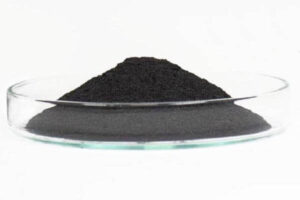Nuclear grade boron carbide?
Boron carbide is a non-metallic material with special physical and chemical properties. It is gray-black in color, has a relative density of 2.52g/cm3, and a melting point of 2450°C. Application of Boron Carbide in the Nuclear Field Boron carbide has high neutron absorption capacity, high neutron capture cross-section, and wide capture energy spectrum. The thermal cross-section of B10 is as high as 347×10-24cm2, second only to a few such as gadolinium, samarium, and cadmium. Several elements. At the same time, compared with pure elements B and Gd, B4C has a low cost, does not produce radioactive isotopes, has low secondary ray energy, is corrosion-resistant, and has good thermal stability. Therefore, it is receiving more and more attention in materials used in nuclear reactors. The neutron absorption performance of boron carbide materials mainly depends on the atomic proportion of B10 in boron carbide. The main applications in nuclear reactors are: (1) Mix boron carbide and graphite powder to smelt and make boron carbon bricks, which are used outside the reactor to prevent the leakage of radioactive materials; (2) High-temperature pressing of boron carbide powder into products for use In the center of the reactor, reactor control rods are used to control the reactor reaction speed; (3) Boron carbide powder is pressed into high-temperature products and used for the second layer of reactor protection, as reactor shielding materials, to absorb radioactive substances, etc.

